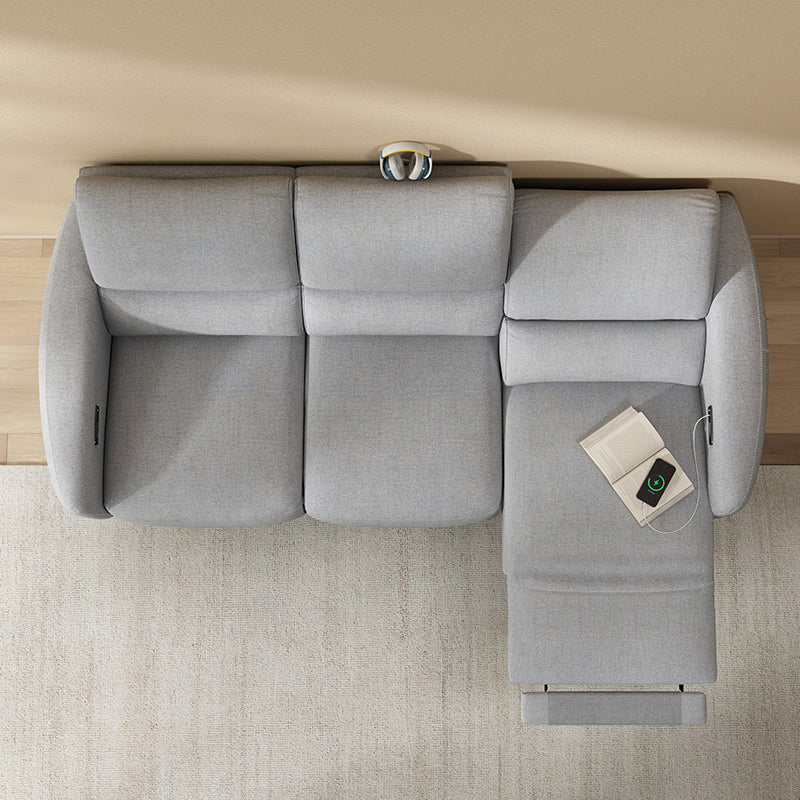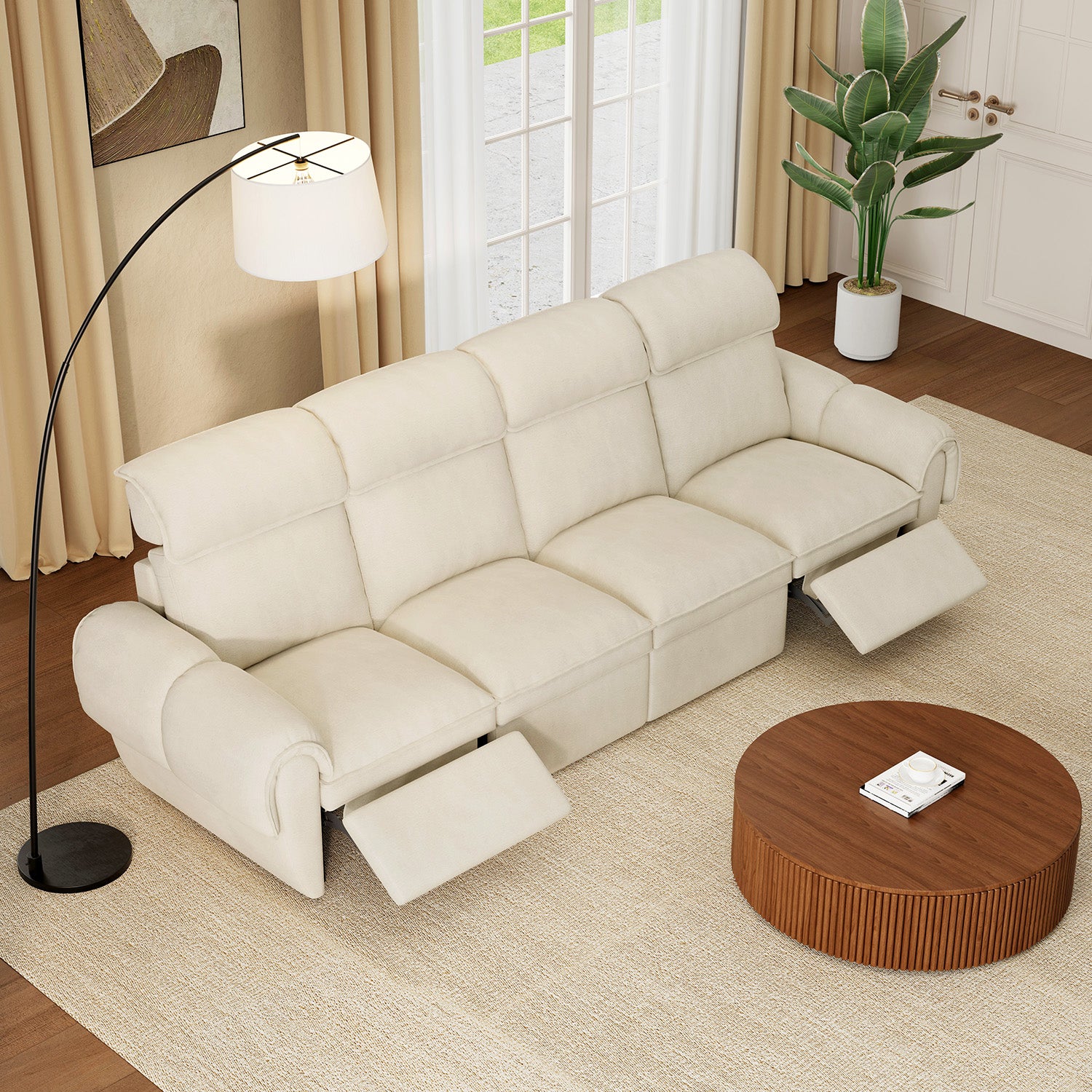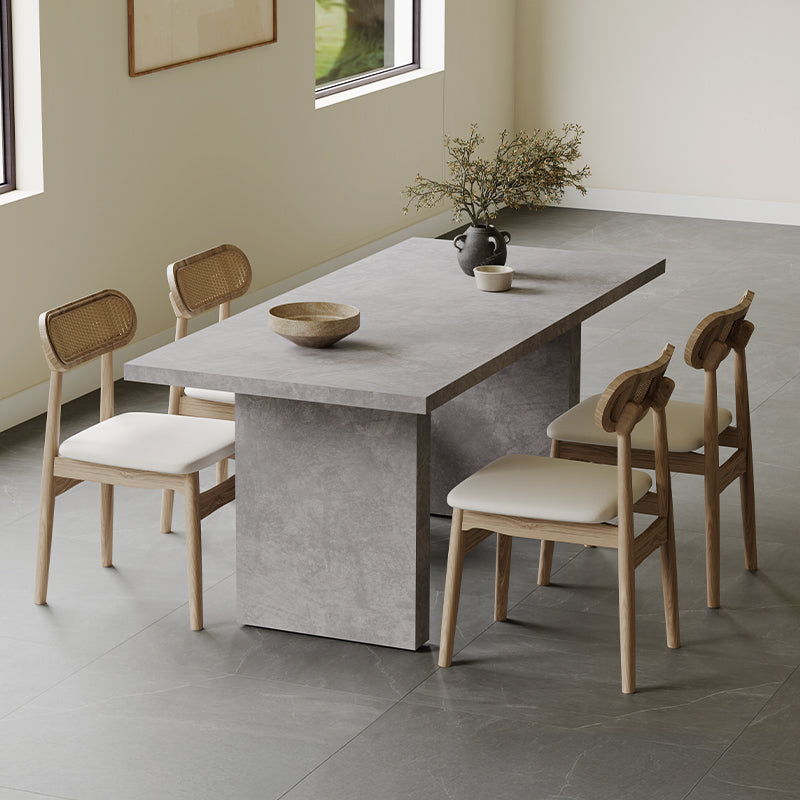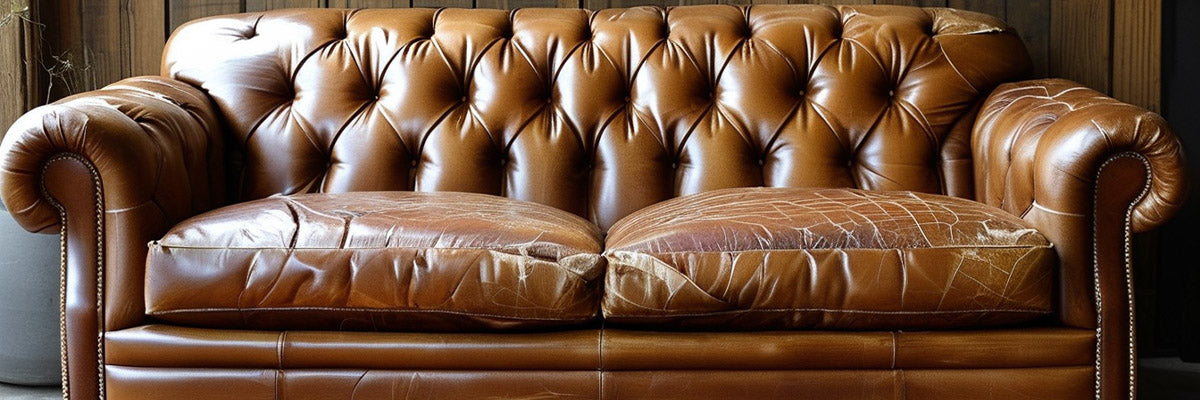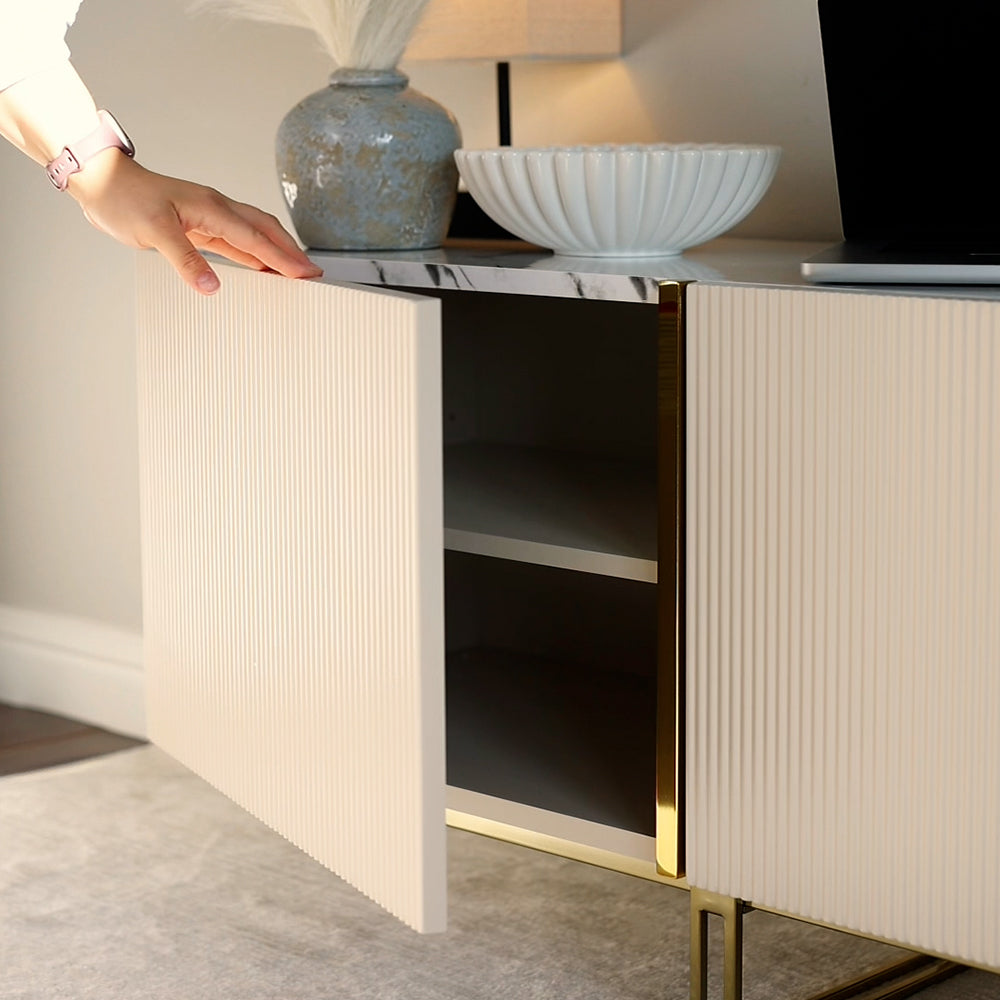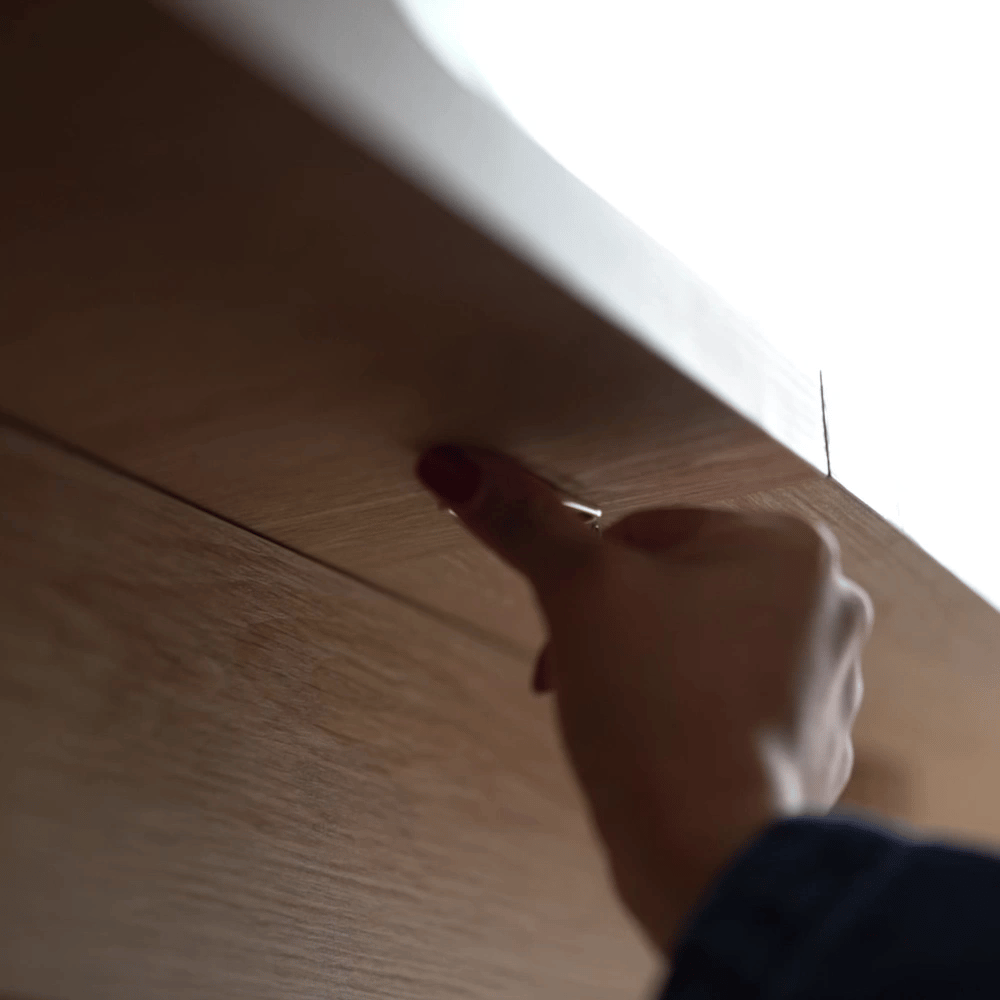A leather couch is a timeless piece of furniture that offers style, comfort, and durability. However, as robust as leather may be, it is not immune to wear and tear. Over time, you may notice scratches, cracks, fading, or even tears in your leather couch. When these issues arise, you have a decision to make: repair the damage or replace the entire couch. Repairing your leather couch can be a cost-effective solution, but it's important to understand the different factors that influence the repair cost. Let’s break down what you need to know about leather couch repair costs and how you can make the best choice for your furniture.
Table of Content
Types of Leather Couch Damage

Before discussing the costs, it’s helpful to identify the types of damage that can affect a leather couch. The most common issues include:
1. Scratches and Scuffs: These can happen due to pets, sharp objects, or even regular wear. They may look minor but can become unsightly over time.
2. Cracks and Peeling: Cracks often develop when the leather loses moisture and flexibility. Peeling is common in bonded leather, where the top layer starts to separate.
3. Tears and Holes: Tears can occur from sharp objects or heavy usage. Holes may appear if the leather is punctured.
4. Discoloration and Fading: Sunlight, spills, and general use can cause the leather to fade or discolor.
5. Stains and Spills: Leather is susceptible to stains from food, drinks, ink, or oil. Without proper treatment, stains can become permanent.
Understanding the type of damage helps determine the repair method and the associated cost.
Factors Influencing Leather Couch Repair Costs
The cost of repairing a leather couch can vary widely depending on several factors. Here’s what typically affects the price:
1. Type of Leather
Different types of leather require different repair techniques. Genuine leather is more durable and easier to repair than bonded leather. If your couch is made of high-quality full-grain or top-grain leather, expect a higher repair cost due to the need for specialized products and skills.
- Genuine Leather Repair: $150–$500
- Bonded Leather Repair: $100–$300
- Suede or Nubuck Repair: $200–$600 (due to the delicate nature of the material)
2. Extent of Damage
Minor scuffs or scratches can be repaired with leather conditioner or filler, costing around $50–$150 if you hire a professional. However, larger issues like tears, cracks, or deep scratches may require patching or reupholstering, which can cost $200–$700 depending on the size and severity.
- Minor Scuffs/Scratches: $50–$150
- Cracks/Peeling: $100–$300
- Tears/Patches: $150–$700
3. DIY vs. Professional Repair
You can choose to repair minor damage yourself using a leather repair kit. These kits typically cost $20–$50 and include everything you need for small repairs like scratches or cracks. However, if the damage is extensive or you’re dealing with a valuable leather couch, hiring a professional is a better option to ensure quality results.
- DIY Repair Kit: $20–$50
- Professional Repair Service: $100–$700
4. Location of the Damage
The location of the damage can also impact the repair cost. For example, damage to the seat cushions or armrests, where wear is more common, is usually less expensive to fix than damage to the back or structural parts of the couch.
- Seat/Armrest Repair: $100–$300
- Back/Structural Repair: $200–$500
5. Additional Treatments
In some cases, your leather couch may require additional treatments such as cleaning, conditioning, or color restoration. If your couch has faded significantly, color restoration may be necessary, which can add $100–$300 to the total cost.
- Leather Cleaning and Conditioning: $50–$150
- Color Restoration: $100–$300
{{'___AD_PLACEHOLDER___'}}
Estimating the Total Cost
Based on the factors outlined above, the total cost of repairing a leather couch can range from $50 for minor DIY touch-ups to over $1,000 for extensive professional repairs. Here’s a general breakdown:
- Minor DIY Repairs: $20–$100
- Professional Repair for Minor Issues: $100–$300
- Extensive Professional Repairs (Tears, Major Cracks): $300–$700
- Reupholstering (Complete Restoration): $800–$1,500+
If your leather couch is a high-quality, expensive piece, investing in professional repairs is often worthwhile. However, for a lower-cost or older couch, replacing the entire piece might be a more economical choice.
DIY Leather Couch Repair: Is It Worth It?

For minor scratches, scuffs, or small cracks, a DIY approach can save you money. Leather repair kits are easy to find online and typically include:
- Leather Filler: To repair small cracks or scratches.
- Leather Dye: To restore color.
- Applicator Tools: For smoothing and applying products.
- Conditioner: To restore moisture and shine.
While DIY kits are cost-effective, they require some skill and patience. If you’re unsure of your ability to achieve good results, it may be best to consult a professional.
Tips for DIY Leather Repair
- Clean the area thoroughly before applying any repair products.
- Test any products on an inconspicuous spot to ensure color matching.
- Apply thin, even layers of filler or dye for the best results.
When to Hire a Professional
Hiring a professional is recommended for:
- Large Tears or Holes: These often require patching or reupholstering.
- Significant Fading or Discoloration: Professionals can match the original color accurately.
- Valuable or Antique Couches: High-end leather pieces deserve the expertise of a specialist.
A professional can often make the couch look like new, extending its life and saving you the cost of a full replacement.
Preventing Future Damage
To avoid future repairs and extend the life of your leather couch, consider these preventative measures:
- Regular Cleaning and Conditioning: Use a leather conditioner every 3–6 months to keep the leather moisturized and prevent cracking.
- Use Slipcovers: A slipcover can protect against scratches, spills, and sun damage.
- Keep Pets’ Nails Trimmed: Pets can easily scratch leather, so keeping their nails trimmed can help prevent damage.
- Avoid Direct Sunlight: Sunlight can fade and dry out leather, so try to place your couch away from windows or use curtains.
Conclusion
Repairing a leather couch can be a cost-effective way to maintain its appearance and extend its life. While minor repairs can be done at home with a leather repair kit, extensive damage may require professional help. By understanding the factors that affect repair costs and taking preventative measures, you can keep your leather couch looking beautiful for years to come. Whether you opt for DIY solutions or professional services, investing in proper care and repair is worth it for the comfort and luxury of a well-maintained leather couch.
4o
If you want to buy our home furniture or couch for living room, you can check out more on our store

